Reviews 11 min read
The new Renault ZOE: A big step forwards
The new generation of ZOE arrived in June 2019, with more performance and range, re-worked interior and a wide range of high-tech equipment, but is it enough to beat off today’s competition?
Discover EV expert verdict...
- Lots of tech
- Smart interior
- Longer driving range than rivals (and cheaper, too)
- Fast charging capability not standard
- Driver’s seat still not height adjustable
- Not very engaging to drive
Overview
The launch of the third generation of Renault’s flagship vehicle in its electric collection is a major milestone in the Group’s strategy for large-scale EV development. Seven years after the release of what has become Europe’s best-selling urban electric car, the new ZOE has evolved in terms of its versatility, quality and technology right from entry level, while still while remaining affordable. It’s been refined rather than reinvented, but does it still compare favourably to other EV hatchbacks? We find out.
Driving
With a hands-free key card in your pocket simply approach the new ZOE and it greets you with a welcoming sequence of lights, as it then deploys its mirrors and unlocks the doors. It makes a good impression and it’s easy on the eye, too. The first thing that strikes you is how solid and well put together everything feels, and then once on the move, how little wind noise there is, thanks in part to the acoustic windscreen and improvement in sound proofing. And if you're concerned that cyclists or pedestrians might not hear you approaching at low speed, the ZOE has a very distinctive audible hum – the loudest of any EV we’ve experienced.
Behind the wheel, not an awful lot has changed. It rides reasonably well (although the firm suspension still doesn’t soak up uneven road surfaces very well), the steering is nicely weighted (it has an excellent turning circle), it’s fairly agile and offers plenty of grip, but it doesn’t have the dynamics of a traditional supermini. If it’s handling you’re after then you are better off buying the MINI Electric or Honda e.
Renault offers two motors: the 80kW (R110) motor introduced a year ago on the previous generation, and a new variant, the 100kW (R135), which brings more power (the R number translates to horsepower by the way) and more torque. From 0-30mph the R135 is not much quicker than the R110, and is the same as the old ZOE (3.6 vs 3.9 seconds), but with 181lb-ft of torque (vs 166lb-ft) it is around two seconds faster from 0-62mph (less than ten seconds), and the same again from 50 to 75mph. It’s obviously slightly less efficient than the less powerful R110, and not available with the base trim level, but it is the one we’d go for if you can afford the extra two grand. It feels sprightly in town and less out of its depth on the motorway.
With a simple push on the e-shifter you can put it from D mode to B mode, which intensifies deceleration as soon as you lift your foot off the accelerator pedal, almost negating the need to use the brake pedal with a bit of fore thought. This makes driving easier, especially in cities or in heavy traffic. Its integration is accompanied by a new braking system that also vastly improves the feel of the brake pedal, one of our criticisms of the second generation Renault ZOE.
There's an ECO mode, which quite literally castrates the throttle response and makes things feel rather dull, so unless you need to really eke out the range we suggest you leave this button well alone.
Range and running costs
By increasing the energy capacity of the previous generation’s battery, it has grown from 40 to 52kW, translating to a 20 per cent increase in range up to 245 miles which is significantly more than the £26,600 Honda e with 137 miles (or the similarly priced Nissan LEAF at 26,845 with 168 miles). It also betters the Corsa-e and e-208 with 209 and 217 miles of range respectively, priced at £28,315 and £29,025. Renault says you should get about 235 miles of range in the summer months, (but as little as 149 miles in the winter), we can’t speak for the latter but testing the car in August but we were seeing around 220 miles on a full charge and mixed driving.
Another advantage to developing the architecture of the battery and the different aspects of its design, is its ability to deliver higher current intensity, with the ability to charge up to 50kW on terminals that operate with direct current (DC) making it (at launch) the only electric vehicle in this price bracket to offer both AC charging (up to 22 kW) and DC. Ticking that 50kW DC Rapid charge option however sets you back a grand (why not just include as standard Renault?) and it doesn’t come with a traditional three-pin home charging socket, either. At least it will fit a home wall charger for free if you’ve got a driveway or garage.
The new ZOE can charge from 0 to 100 per cent in 9 hours and 25 minutes using a 7kW wallbox, meaning it can completely recharge overnight at home, connected to a public terminal with 22kW the new ZOE will regain up to 78 miles in one hour, while at a 50kW DC 30 minutes of charging will buy you 93 miles.
At the time of launch over a year ago Renault said the ZOE costs around 2p a mile to run in summer, increasing to 3p a mile in winter providing you charge at home. A full charge would cost about £3 (depending on your energy tariff). Even with inflated energy costs it’s still a fraction of the cost of a tank of petrol.
As well as vast improvements in charging Renault has ditched the option of monthly battery leasing, citing “significantly improved class-leading residual values, which enable a more competitive full purchase price”. Interestingly, according to Auto Express using ‘expert data’, the model we tested would retain 44.9 per cent of its residual value after three years and 36,000 miles. Better still it comes with an 8 year/100,000 miles – much better than the previous five-year/60,000 mile warranty.
Design
The brand’s distinctive C-shape LED headlights, newly sculptured bonnet and redesigned front bumper incorporating chrome inserts in the grill and around the fog lamps, together with the large Renault diamond logo which hides the charging hatch (now housing a type 2 socket for AC charging and a two-pin connector for DC charging), outline the main changes up front. There are three new colours Celadon Blue, which is the hue of our test car, Flame Red and Quartz White making up a total of nine shades together with a choice of five wheel designs (in 15, 16 and 17 inches). Out back the taillights and turn signals have been given the LED treatment too, for improved visibility. Its subtle nips and tucks combine to help the new ZOE look fresh, but it’s the cabin where the real changes have been made.
Inside, Groupe Renault’s designers have paid particular attention to the finish, comfort levels and ergonomics. A noteworthy addition is the 10 inch driver’s display available right from entry level, with definition and functions that are unparalleled in the segment, and the new flagship infotainment system which features a (7 inch on the entry-level car) touchscreen that protrudes from the dashboard making it easy with its smart UI to access to all the navigation and entertainment services. Down from this are the climate controls so you don’t have to jab away at the touchscreen to warm up or cool down like you do with a lot of other cars now, and a couple of USB ports (with another two for the rear passengers).
Soft-touch, high end materials (including fabric made from recycled seatbelts and old plastic bottles), together with a smattering of chrome helps to make the ZOE feel a lot more premium and slick than its predecessor. Bizarrely they’ve still not made the driver’s seat height adjustable although at least the steering wheel isn’t now fixed – it was comfortable enough for me over the week we had the car and I’m almost six foot.
The completely reworked centre console now houses a new electronic gear lever and automatic parking brake, which incidentally, has freed up space giving double the amount of storage as before. Not only do you get a shallow cubby and two cup holders but there’s a space for your smartphone, with wireless charging should you opt for it.
Comfort and practicality
Equipped with many innovative features, driving aids, connected services and an intuitive multimedia system, the new ZOE is now easier to use and more enjoyable.
The 10 inch driver’s display contains all the main driving aids, as well as an eco-meter to encourage range-eking driving habits and on versions equipped with navigation, it shows GPS indications. The driver can customise the lighting and the layout of the different information onscreen via the multimedia screen, where you can control the vehicle’s main settings
The Renault EASY LINK system is enhanced with specific electric vehicle functions, such as the availability of charging stations in real-time. It also allows users to connect their smartphone and show applications via Apple CarPlay and Android Auto. Together with the MY Renault app, you can access EASY CONNECT, which offers a range of services to manage a car remotely. So, for example you can check the battery level and charge status, plan charging during off-peak hours, start or schedule heating or air conditioning without affecting the range, as well as view the car’s radius of action on a map. In addition, the electric route planner puts together an itinerary that indicates the most suitable charging points and, accounting for the recharge stops, the overall travel time.
Standard kit on the entry-level Play version (from £26,495) includes ESC with traction control, cruise control, tyre repair kit, ABS with EBD and emergency brake assist, automatic lights and windscreen wipers, electric front windows and operated door mirrors, air conditioning, heated rear windscreen, and 15 inch wheels. Iconic (from £27,995) adds rear parking sensors, electric rear windows, heated rear windscreen, automatic climate control, centre rear headrest and 16 inch wheels, while if you opt for the GT Line (from £29,995) you also get an EasyLink 9.3” screen, part synthetic leather/part recycled fabric upholstery, front parking sensors, reverse parking camera, Active Emergency Braking System, electrical folding door mirrors and diamond cut alloys.
As the battery is the same size and shape as the old one it doesn’t compromise on interior space. The door bins are decently sized, and while the glove box is still small, there’s a handy shelf above it. Head and leg room in the front is good, although it’s lacking in the rear to the point that three average-sized adults wouldn’t thank you after a long journey. It will take three kids at a push providing they don’t need any form of booster seat. You'll have to go for mid-range spec or above to benefit from a split-folding rear bench, while the location of the batteries beneath the rear seats means you don’t get a flat load area. Even so, at 338 litres, (or 1225 litres with the rear seats folded) the boot is a good size and a lot more practical than the e-up. It also now comes with a much-needed false floor to store all cables neatly.
Verdict
Up until recently Renault had the supermini electric car market all to itself, so it’s no wonder that the car maker took steps to make big improvements with the likes of the Honda e, MINI Electric, Peugeot e-208 and Vauxhall Corsa-e arriving.
However, as Europe’s best-selling electric car, it hasn’t changed the formula too much since it was launched in 2012 – in fact Renault says its customers didn’t want a massive re-design, but to focus its efforts on key problem areas to keep costs low, which is exactly what they did.
The interior is heaps better than that of the old car, there is tons driving and safety equipment, a more powerful motor and greater range. It’s also cheaper to buy than most of its main competitors, which means there’s less chance of it being outclassed.
Of course, there is the much smaller Volkswagen e-up which is available for £20,555 but has 155 miles or the £17,455 Skoda Citigo e iV with 165 miles, but both are no longer available to order! And then there’s the Mini Electric for £24,900 but only delivers up to 145 miles.
When it comes to range and price, we’d definitely go for the Renault ZOE – it set out as an affordable small, electric family car for the masses and it just about still is (bearing in mind electric cars still don’t cost the same as their petrol equivalents). Will it still be selling one in five electric cars in Europe next year? Watch this space!
Key Specs
2020 Renault ZOE GT Line R135 Z.E. 50
Price (RRP OTR): £30,120 (including plug-in grant)
Top speed: 87mph
0-62mph: 9.5 seconds
Power: 134bhp
Torque: 181lb-ft
Driving range: 238 miles
Charging time: 9hrs25 (0-100% at 7kW), 3hrs (0-100% at 22kW) and 70 mins (0-80% at 50kW rapid charging)
Insurance group: 23
Vehicle warranty: 5 years / unlimited mileage (first 24 months), then limited to 100,000 miles or 5 years whichever comes first
Battery warranty: 8 year/100,000 miles

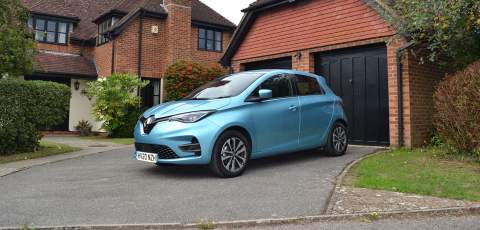


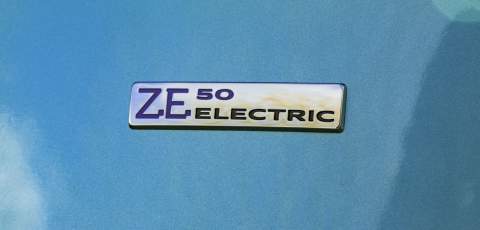
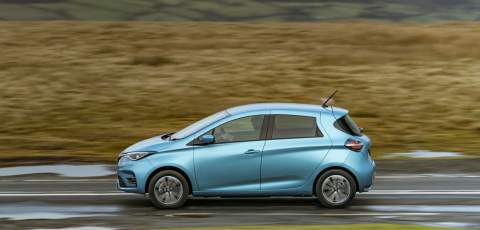
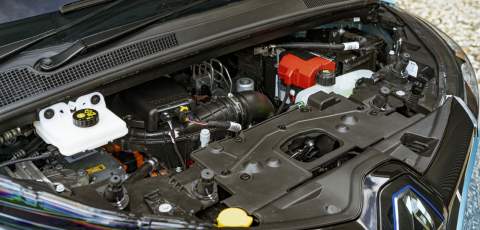
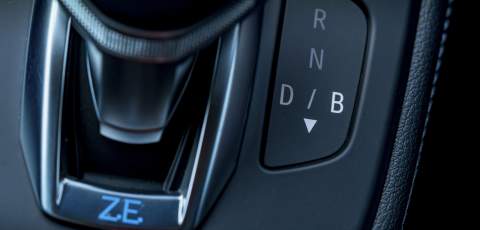
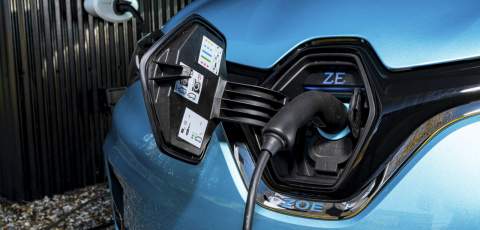
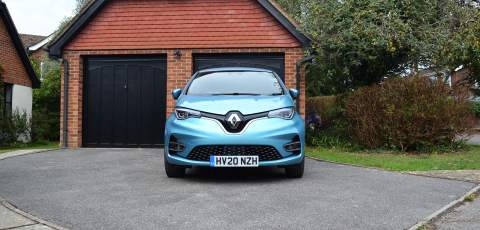
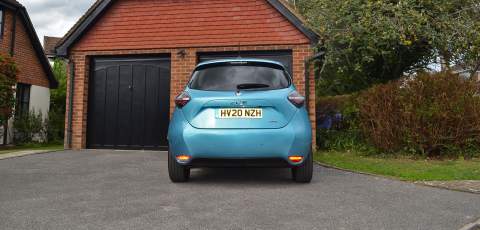
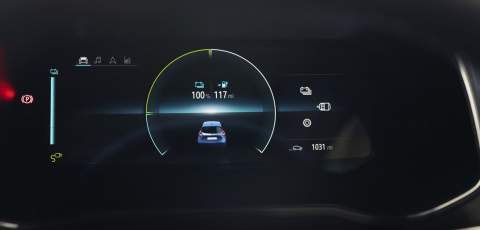
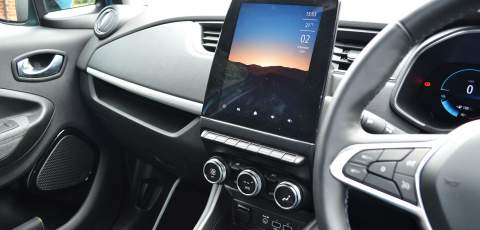
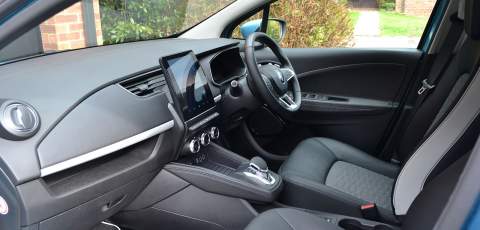
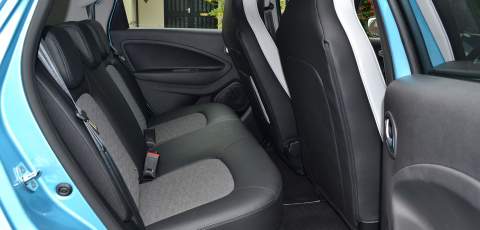
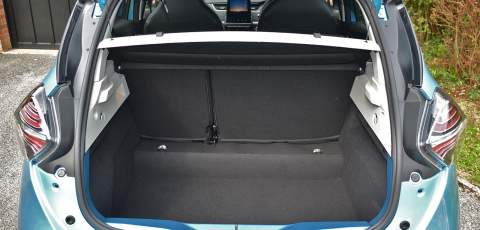
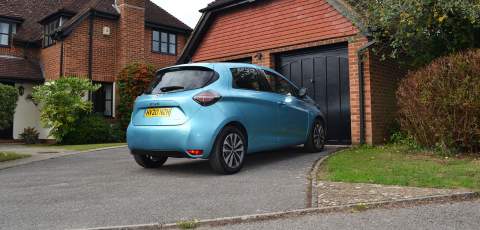

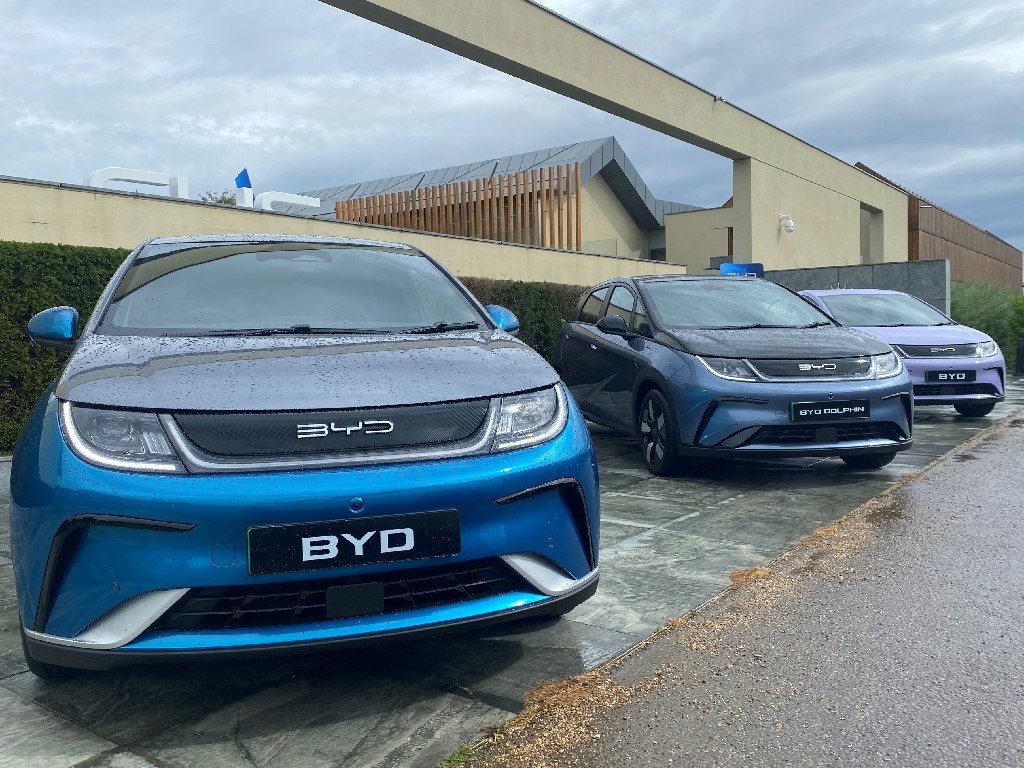
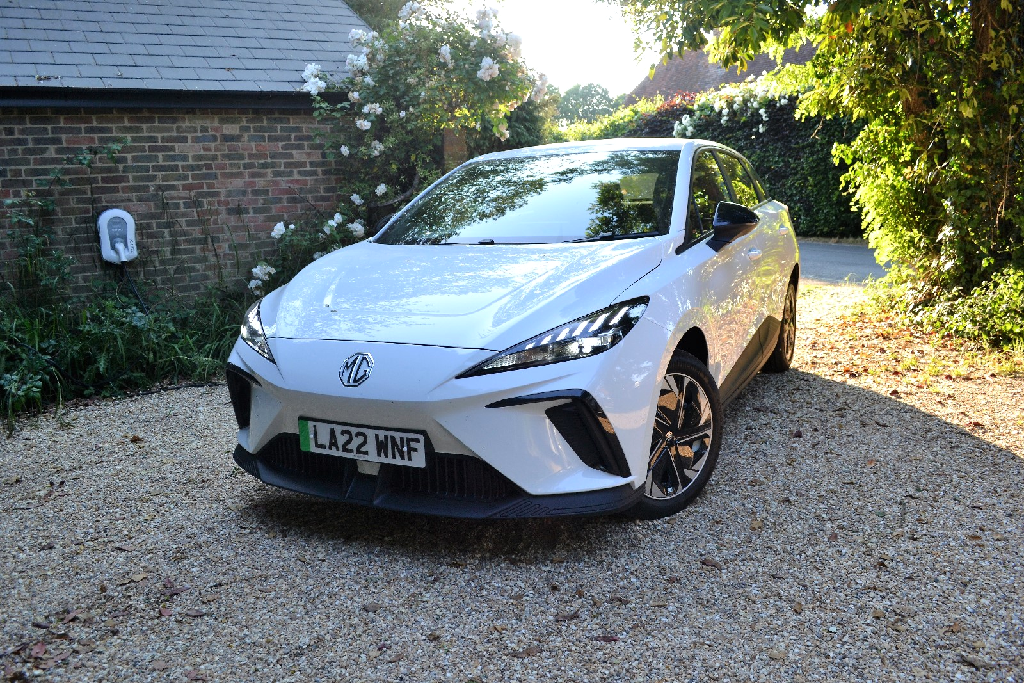
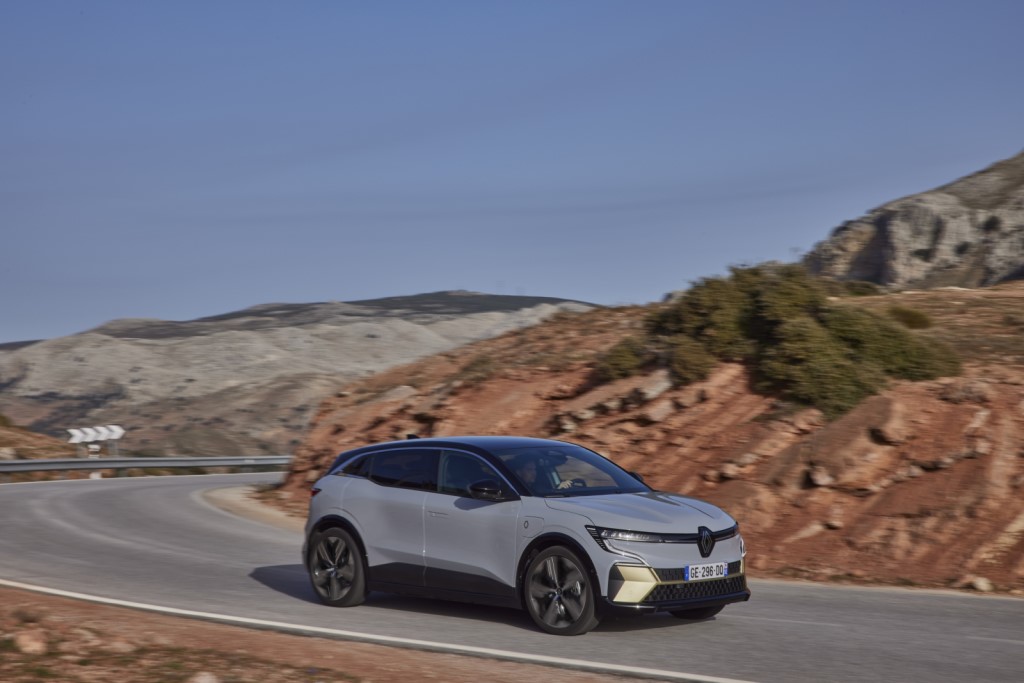
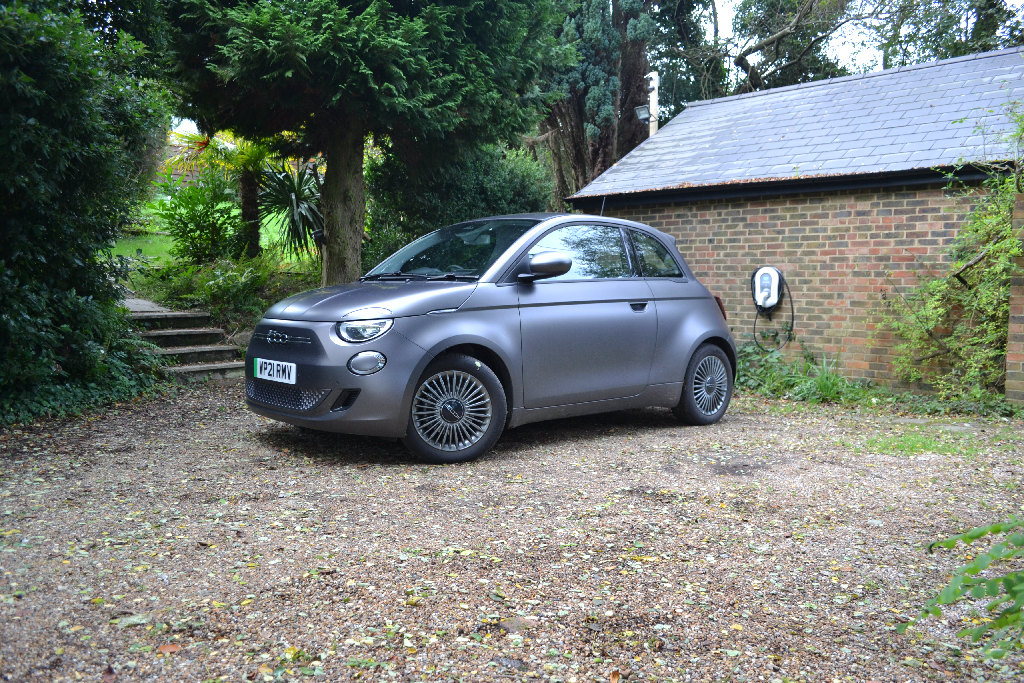
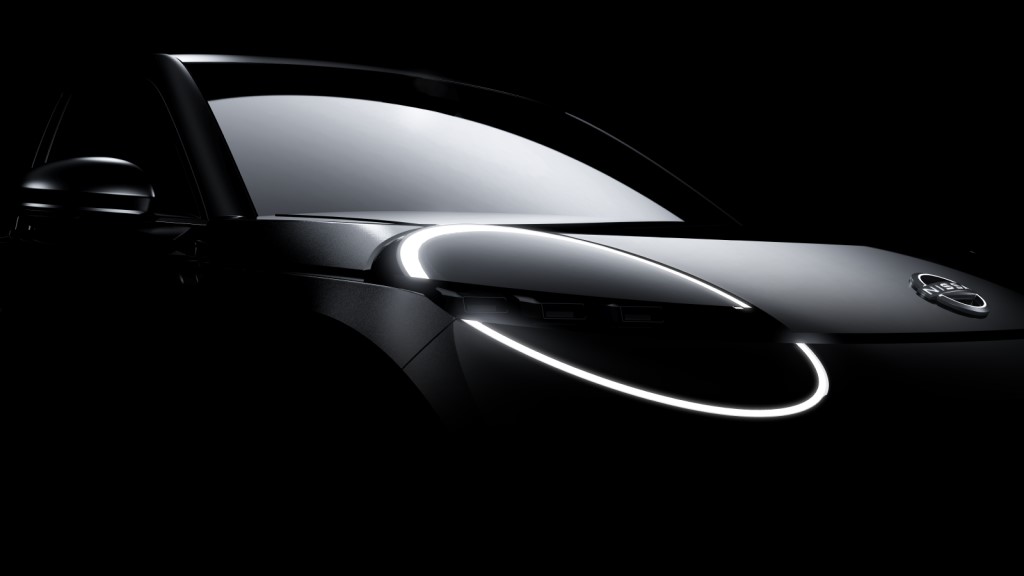
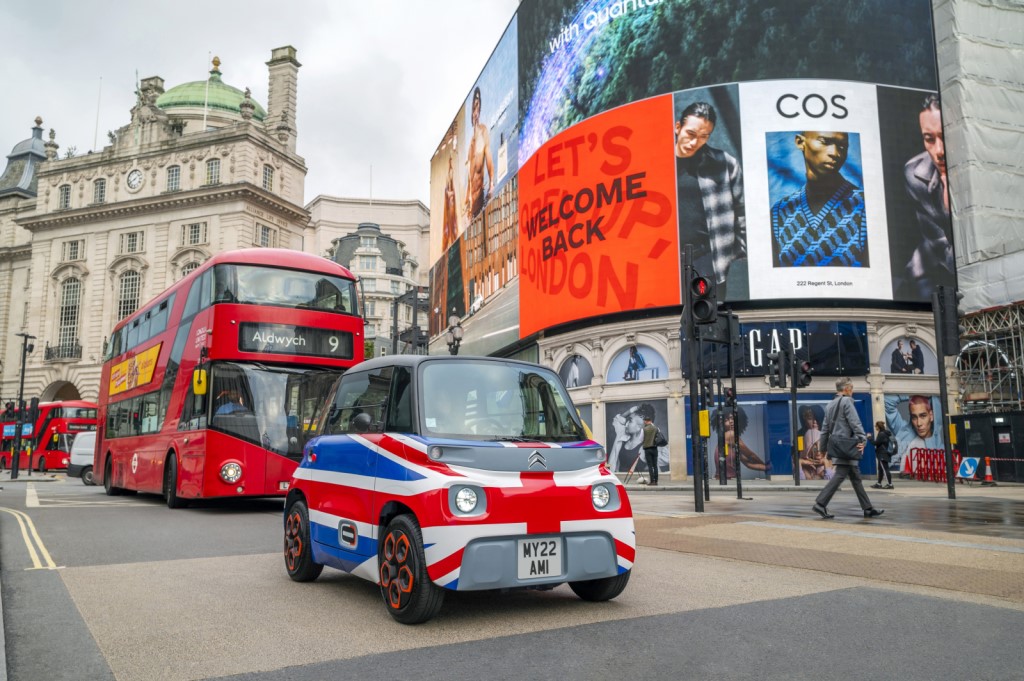

Comments (0)
Be the first to write a comment
Login/ Signup